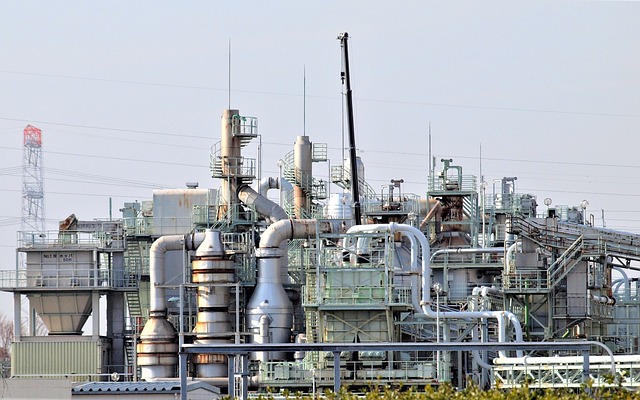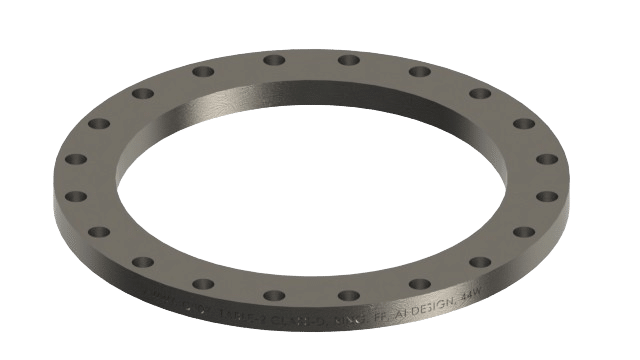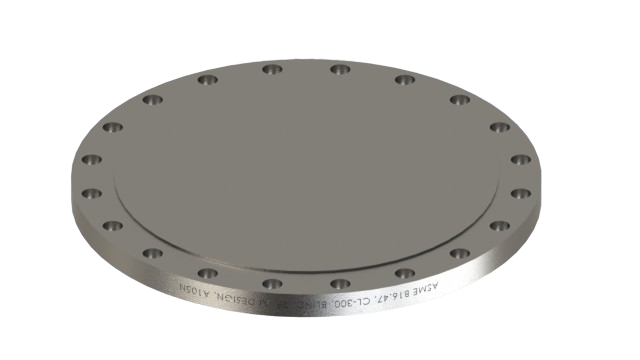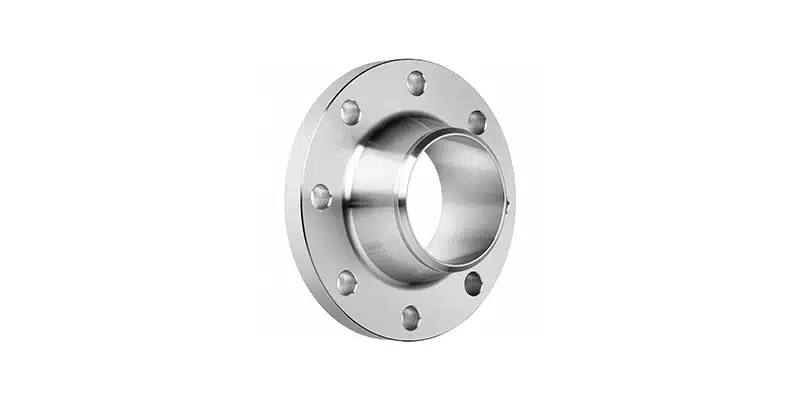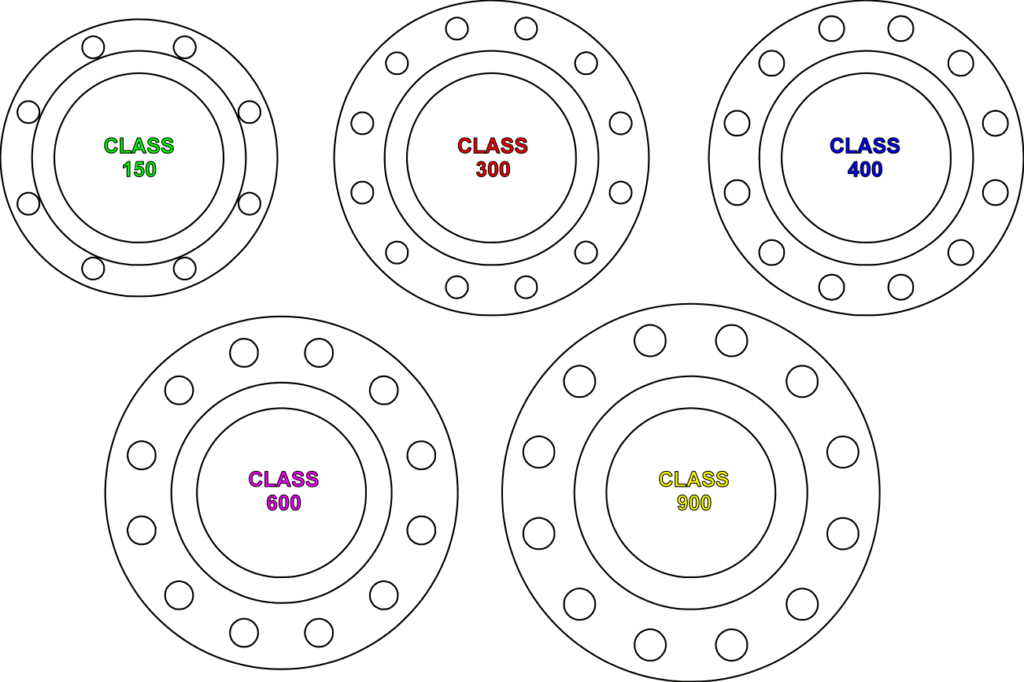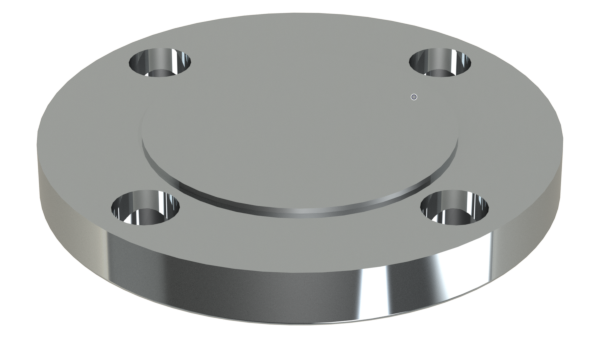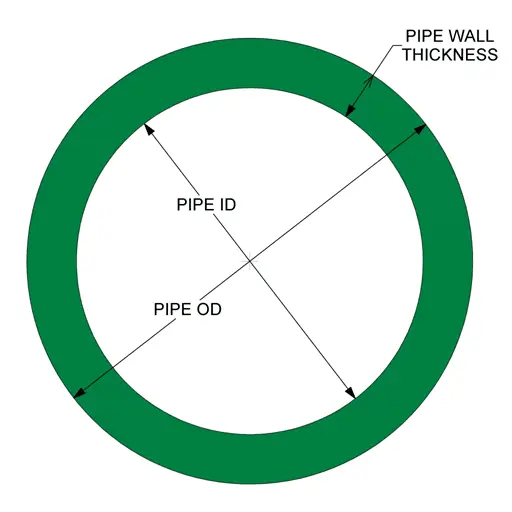Understanding API 5L:
API 5L, or American Petroleum Institute Specification 5L, is a critical standard in the oil and gas industry that plays a pivotal role in the transportation of hydrocarbons. This specification sets the bar for line pipes used to convey oil, natural gas, and other fluids over vast distances. With a focus on material quality, manufacturing processes, and performance standards, API 5L ensures the reliability and safety of these pipelines.
At its core, API 5L classifies line pipes into various grades, each with distinct characteristics. The most common grade, API 5L Grade B, is widely used for general applications. However, more demanding situations call for higher-strength materials like API 5L X42, X52, X60, X65, and X70, each capable of withstanding different levels of stress and pressure.
API 5L-compliant pipes undergo rigorous testing, including non-destructive inspection and mechanical testing, to confirm their integrity. This helps prevent leaks, ruptures, and environmental disasters in the oil and gas industry.
PSL 1 vs PSL 2:
PSL 1, the more basic of the two, emphasizes fundamental requirements. It ensures that line pipes comply with the necessary chemical composition and exhibit acceptable mechanical properties. While PSL 1 specifies maximum limits for elements like carbon, manganese, phosphorus, and sulfur, it does not necessitate specific minimum values, leaving a certain degree of flexibility in the steel’s composition. Additionally, PSL 1 mandates non-destructive testing, such as hydrostatic testing, to uncover any defects in the pipes.
On the other hand, PSL 2 raises the bar considerably. It introduces stringent criteria, demanding not only maximum limits but also specific minimum values for chemical elements. This level often includes additional elements like vanadium, titanium, and zirconium, optimizing the steel for higher performance. Moreover, PSL 2 places greater emphasis on mechanical properties, requiring elevated levels of tensile strength, yield strength, and impact toughness, especially at lower temperatures. To ensure enhanced quality, PSL 2 mandates more extensive non-destructive testing methods, such as ultrasonic testing, radiographic inspection, and magnetic particle inspection.
Furthermore, PSL 2 accounts for “sour service” requirements, crucial in environments containing hydrogen sulfide (H2S). PSL 2-certified pipes offer enhanced resistance to the corrosive effects of H2S, ensuring the pipeline’s safety and longevity.
In summary, the choice between PSL 1 and PSL 2 depends on the specific needs of a project. PSL 1, with its basic requirements, may suffice for less demanding applications. However, PSL 2, with its higher quality standards and enhanced characteristics, is the preferred choice for projects where stringent performance and safety standards are paramount.
| wdt_ID | ASTM Code | MFG Method | Pipe Grade |
|---|---|---|---|
| 1 | API 5L, PSL-1 | N/A | Grade A |
| 2 | Grade B | ||
| 3 | X42, X46, X52, X56, X60, X65, X70, X80 | ||
| 4 | API 5L, PSL-2 | AS ROLLED | BR, X42R |
| 5 | NORMALIZED | BN, X42N, X46N, X52N, X56N, X60N, X65N, X70N, X80N | |
| 6 | QUENCHED AND TEMPERED | BQ, X42Q, X46Q, X52Q, X56Q, X60Q, X65Q, X70Q, X80Q |
This is how it should be Written When you order or add description to your Drawings:
EX: Pipe, 30 NPS, SAW, SCH STD, API 5L, PSL-1, X42N
Pipe Manufacturing Methods & Abbreviations:
Pipe manufacturing methods vary depending on the material, size, and intended use of the pipes. Here are some common methods for manufacturing pipes:
| wdt_ID | Item No. | Manufacturing Procedure | Abbreviation |
|---|---|---|---|
| 1 | 1 | Electric Resistance Welding | ERW |
| 2 | 2 | High-Frequency Welding | HFW |
| 3 | 3 | Submerged Arc Welding | SAW |
| 4 | 4 | Double Submerged Arc Welding | DSAW |
| 5 | 5 | Seamless Extrusion | SE |
| 6 | 6 | Continuous Welded | CW |
| 7 | 7 | Spiral Welded | SW |
| 8 | 8 | Extruded Plastic Pipes | EPP |
| 9 | 9 | Coiled Tubing | CT |
| 10 | 10 | Centrifugal Casting | CC |
| 11 | 11 | Mandrel Mill Process | MMP |
| 12 | 12 | Reinforced Thermosetting Resin | RTR |
| 13 | 13 | Glass Reinforced Epoxy | GRE |
| 14 | 14 | Continuous Filament Winding | CFW |

